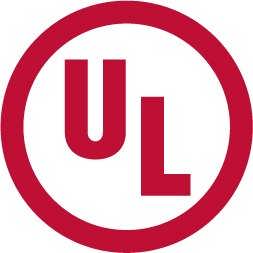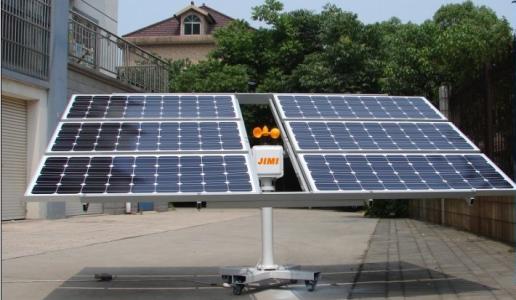Ul is the abbreviation for Underwriters Laboratories Inc. in the United States. The UL Safety Testing Institute is the most authoritative organization in the United States and also one of the largest civilian organizations in the world engaged in safety testing and certification. It is an independent, for-profit professional organization that conducts experiments for public safety. It adopts scientific testing methods to study and determine whether various materials, devices, products, equipment, buildings, etc. pose a threat to life and property, and to what extent; Determine, write, and distribute corresponding standards and materials that help reduce and prevent losses to life and property, while conducting factual research services. UL certification is a non mandatory certification in the United States, mainly for testing and certification of product safety performance, and its certification scope does not include the EMC (electromagnetic compatibility) characteristics of the product.

(1) Why do companies need to obtain UL certification?
1. The entire US market places great emphasis on product safety; When consumers and purchasing units choose products, they will choose products with UL certification marks.
2. UL has a history of over 100 years, and its safety image is deeply rooted in consumers and governments. If you do not directly sell products to consumers, intermediaries will also require products to have UL certification marks to make them popular.
3. American consumers and purchasing units have more information about a company's products.
4. More than 40000 federal, state, county, and municipal governments in the United States recognize the UL certification mark.
(2) UL certified UL3703 certified solar tracker Scope of use:
2.1 The UL3703 standard covers solar trackers that are required to be installed as fixed trackers not fixed to buildings in accordance with the National Electrical Code NFPA 70. All mechanical hazards defined in this standard should be evaluated for trackers intended to be installed in public areas that are expected to enter. Trackers intended to be installed in areas with restricted public access such as fences and secure locations should be evaluated considering the mechanical hazard requirements of this standard. These requirements also include independent trackers, which do not need to be mechanically fixed in appropriate positions according to the design.

2.2 These requirements cover both the mechanical and electrical aspects of fixing solar energy equipment to the tracker platform, but do not cover the solar energy equipment itself. Solar energy equipment should have all appropriate electrical and mechanical characteristics to be attached to the tracker evaluated according to this standard. Any solar equipment installed on the tracker should comply with the safety standards for solar equipment, as well as the specific installation, connection, and grounding methods described in the tracker's installation manual. Alternatively, the combination of trackers and solar equipment can be evaluated based on this standard and relevant solar equipment standards, such as but not limited to UL1703 for flat panel photovoltaic modules and panels. And outline UL8703 for concentrated photovoltaic modules and components used in CPV modules.
2.3 Conduct electrical, mechanical, and fire hazard assessments on the tracker and its functions. Any part of the tracker used for mechanical support, bonding, or grounding of solar equipment shall comply with the standard UL2703 for installation systems, installation equipment, clamping/fixing equipment, and grounding plates used for flat panel photovoltaic modules and panels, or referenced in UL3703 standard requirements.
2.4 These requirements cover solar trackers intended for use with solar equipment with a maximum system voltage of 1500 V.
2.5 These requirements do not include:
a) Devices designed to receive electrical or thermal output from solar energy devices, such as inverters, converters, charging controllers, and batteries;
b) The tracker is installed in hazardous areas;
c) The mechanical or structural integrity of the tracker under wind, earthquake, and lifting conditions of the tracker base and base to platform connection;
d) Trackers installed in locations above the ocean, nearshore, and/or stagnant water;
e) Lightning hit the tracker.
(3) Materials to be submitted
1. Product Name: Provide the entire process of the product.
2. Product Model: List in detail all required product models, varieties, or classification numbers for experimentation.
3. Product nameplate: including product model, electrical parameters, manufacturer information, production date UL identification.
4. Product intended use: Assumption: Home appliances/commercial, indoor/outdoor, etc.
5. Parts List: List in detail the components and models (file numbers), rated values, and manufacturer names that make up the product.
6. Electrical performance: For electronic and electrical products. Provide electrical schematic (circuit diagram), PCBLAYOUT
7. Structural diagram: For most products, a structural diagram or exploded diagram, ingredient list, etc. of the product must be provided.
8. Product user manual and installation manual, etc.
9. UL specific application form corresponding to specific products.
Phone:002348038218556
Address:68, TINUBU STR, ITA-EKO ABEOKUTA, OGUN STATE, NIGERIA